Olive Young - Mia Station Branch [Tax Refund Shop] (올리브영 미아역)
3.7Km 2024-04-18
188, Dobong-ro, Gangbuk-gu, Seoul
-
Lee Ri-Ja Hanbok Museum (이리자 한복전시관)
3.7Km 2022-08-08
20, Samcheong-ro, Jongno-gu, Seoul
+82-2-734-9477
The Lee Ri-Ja Hanbok Museum displays the traditional clothing worn in Korea from birth to death. All hanbok displayed at the museum are created by the hanbok designer Lee Ri-Ja herself, who has over 40 years of experience.
Korea Grand Sale (코리아그랜드세일)
3.7Km 2024-12-16
29 Insadong 5-gil, Jongno-gu, Seoul
+82-70-7787-4242
Korea Grand Sale is an integrated festival that promotes culture, tourism and shopping to international visitors. While the Korea Grand Sale online platform provides various content and promotions throughout the year, it offers the biggest discounts and programs through offline events in January and February.
Harmony Mart - Insa Branch [Tax Refund Shop] (하모니마트 인사)
3.7Km 2024-04-17
1F (Gwanhun-dong), 38, Insadong 5-gil, Jongno-gu, Seoul
-
Hotel PJ (호텔PJ)
3.7Km 2021-03-16
71, Mareunnae-ro, Jung-gu, Seoul
+82-2-2280-7000
Hotel PJ is located near Euljiro 4-ga, a transportation hub connecting subway lines 2, 3, 4, and 5, allowing guests to reach Seoul's tourist destinations such as Myeong-dong, Namdaemun, Dongdaemun, Namsan, Insa-dong, Hongdae, and Daehangno with ease. The hotel has 272 guestrooms as well as a restaurant, cafe, banquet halls, and a business center.
Imun Seolnongtang (이문설농탕)
3.7Km 2025-06-18
38-13 Ujeongguk-ro, Jongno-gu, Seoul
+82-2-733-6526
Imun Seolnongtang has been serving its hearty seolleongtang for over a hundred years since it first opened in 1907. Even its name has a long history: the word imun comes from Imun-gol, the now-obsolete name of the restaurant’s location, and seolnongtang, an old variation of the word seolleongtang. During the Japanese colonial rule, the restaurant’s regular customers included Gijeong Son, the marathon gold-medalist at the 1936 Berlin Olympics. The meal served at this restaurante is reputed to stay consistent from the Japanese colonial period.
Kumkang Land Rover - Jongno Branch [Tax Refund Shop] (CL종로지점(금강 랜드로바))
3.7Km 2024-06-27
81, Jongro, Jongno-gu, Seoul
-
Yeon Deung Hoe (Lotus Lantern Festival) (연등회)
3.7Km 2025-04-09
55 Ujeongguk-ro, Jongno-gu, Seoul
+82-2-2011-1744~7
Started approximately 1,200 years ago during the Silla dynasty and continued through the Goryeo Yeon Deung Hoe and Joseon lantern festival, the Yeon Deung Hoe Festival is a traditional festival registered as an Intangible Cultural Heritage and UNESCO Masterpiece of the Oral and Intangible Heritage of Humanity. The lanterns at Yeon Deung Hoe Festival brighten the heart and the world!
Kumho Museum of Art (금호미술관)
3.7Km 2020-06-11
18, Samcheong-ro, Jongno-gu, Seoul
+82-2-720-5114
The Kumho Museum of Art was opened to celebrate the diversity of art. The museum displays new pieces of art from promising new artists and accomplished artists every year. The museum first opened its doors in Gwanhun-dong in 1989, but moved to a larger area in 1996 where it stands today. The Kumho Museum of Art stands on the east side of Gyeongbokgung Palace. The museum is surrounded by other cultural and folk museums. The B1 floor features artwork of new artists while the 1st and 2nd floors feature project exhibitions and invitation exhibits. About once a year foreign artists are invited to display their art in the museum. There are official invitation exhibitions of seven artists yearly. These are artists who have strongly influenced Korean art. On the 3rd floor of the museum is a small concert hall, also known as Kumho Recital Hall. Although the capacity is only 171 people, all concerts are executed with professional care. On the 1st floor there is a coffee shop and an art shop. The coffee shop and art shop remain open on days the museum is closed.
Euljiro Nogari Alley (을지로 노가리골목)
3.7Km 2024-10-29
129, Eulji-ro, Jung-gu, Seoul
+82-2-1330
The alley that connects from Euljiro 3(sam)-ga Station, Exit 4 is full of people eating dried young pollack and drinking beers at tables along the street every night. Under the bright lamp lights, plastic tables filled with customers can be seen. The first Nogari pub, Eulji OB Bear, opened in November 1980 to form what is now the Euljiro Nogari Alley. Euljiro also has the largest Printing Alley in the nation, providing printing for almost all books and printed materials across the country. The shift workers would stop by the pub for dried young pollack and cold beer before heading home after work, leading to more restaurants opening nearby until the alley was formed. In the beginning dried young pollack was cooked over a briquet fire and served with red pepper paste, but now, the alley is full of pubs and restaurants serving various types of food, but nothing beats nogari and cold draft beer.
![Olive Young - Mia Station Branch [Tax Refund Shop] (올리브영 미아역)](http://tong.visitkorea.or.kr/cms/resource/20/2889020_image2_1.jpg)

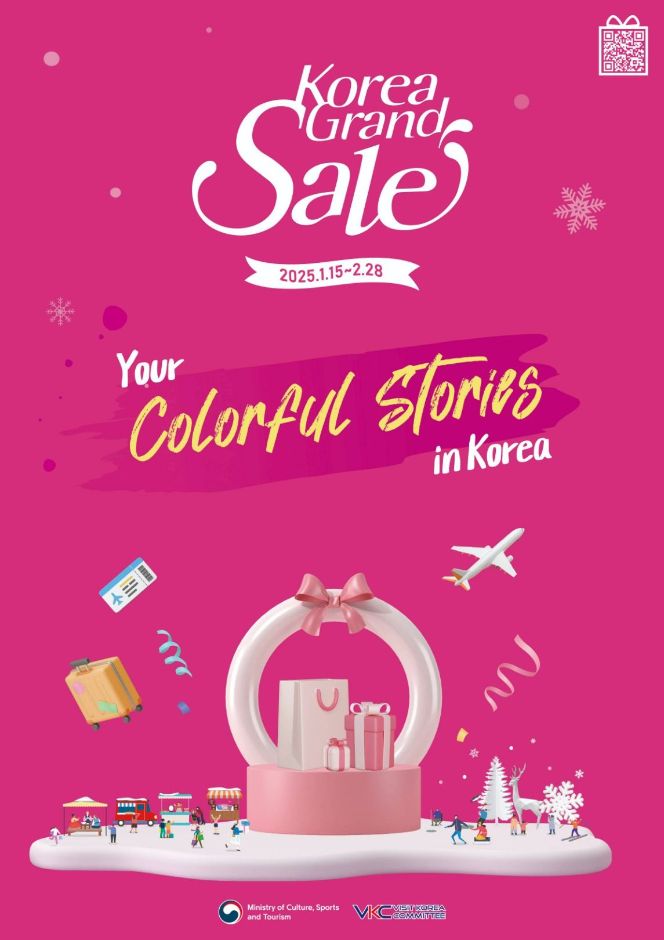
![Harmony Mart - Insa Branch [Tax Refund Shop] (하모니마트 인사)](http://tong.visitkorea.or.kr/cms/resource/79/2888079_image2_1.jpg)
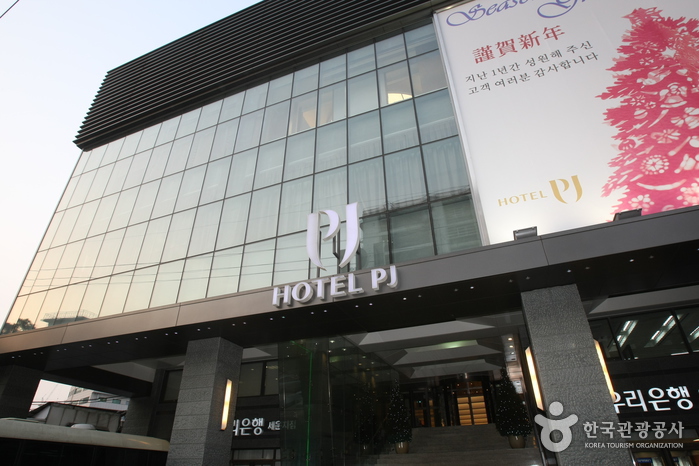
![Kumkang Land Rover - Jongno Branch [Tax Refund Shop] (CL종로지점(금강 랜드로바))](http://tong.visitkorea.or.kr/cms/resource/95/3313995_image2_1.jpg)
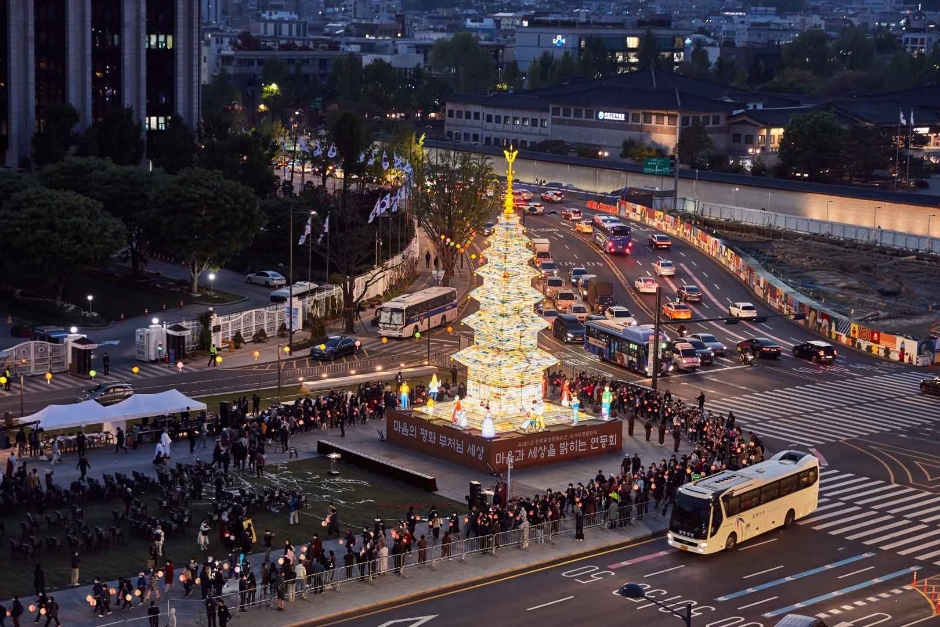
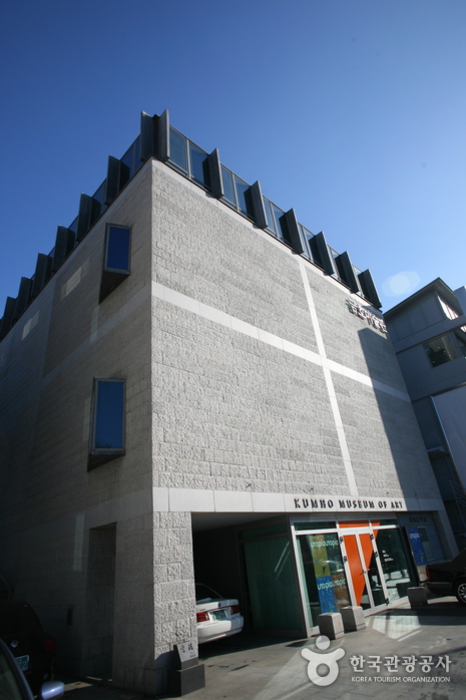
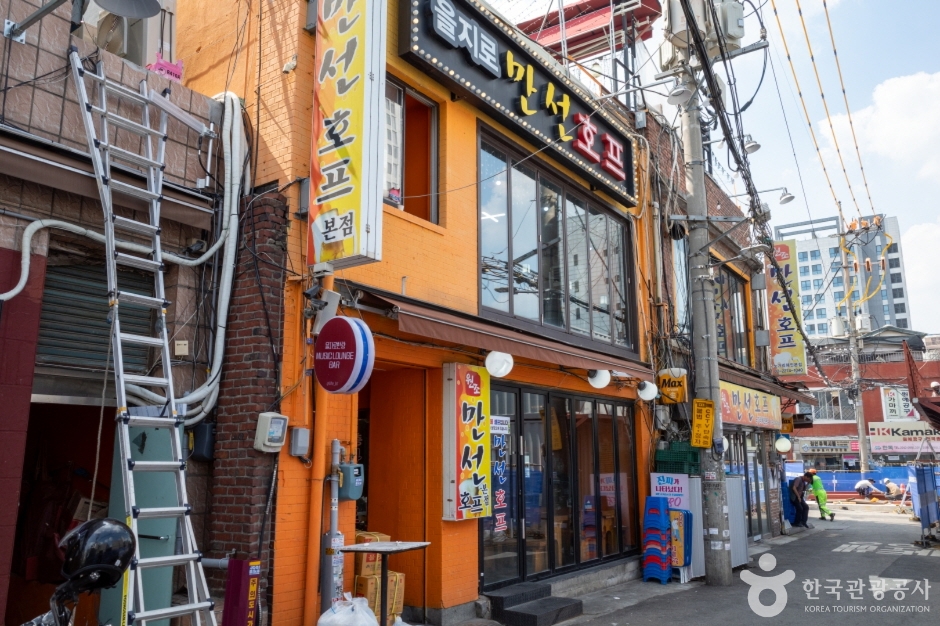
 English
English
 한국어
한국어 日本語
日本語 中文(简体)
中文(简体) Deutsch
Deutsch Français
Français Español
Español Русский
Русский